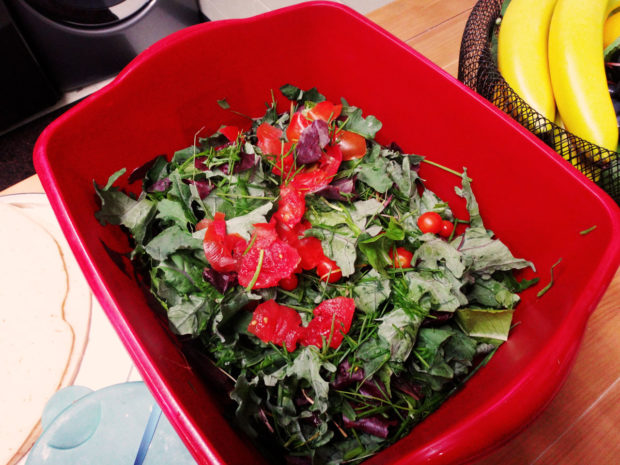Text by Kay Heinrich, Associate Superintendent, Airway Heights Corrections Center (AHCC)
Photo by AHCC staff.

Graduating class from AHCC.
Airway Heights Apiculture is Preparing Apprentice Beekeepers to Become Journeyman and to Raise Queen Honeybees!
About fifty inmates at the Airway Heights Corrections Center (AHCC) have successfully completed an apprentice course and are certified Apprentice Beekeepers through the Washington State Beekeepers Association (WASBA). Of those, approximately fifteen are on their way to becoming Journeyman-level Beekeepers through the WASBA Master Beekeepers program. The inmates who are pursuing Journeyman status have formed a beekeeping club named Airway Heights Apiculture (AHA). This is possible because of the administration’s support and expert tutelage of Master Beekeeper Jim Miller. Also, the class of students itself has helped to develop test and training materials, creating a training curriculum that fits the needs of a corrections environment (more about that from club members, below). The AHA club is a subsidiary of the West Plains Beekeepers Association, a nonprofit organization.
On 2/15/2018, the Bee class graduated its first Journeyman Beekeeping class. We had a celebration for the gentlemen who graduated to celebrate their hard work that was well attended.
Behind The Scenes: Writing from members of AHA
After several months of club meetings, serious discussions began to take place regarding the future of the beekeeping program and possible means to advance educational and organizational objectives. Jim mentioned that he would like to replace the existing Journeyman Beekeeper training manual currently in use in the beekeeping community. Would the AHA club be up for the challenge of expanding on Jim’s outline for a new journeyman manual and developing an entire training curriculum to be implemented at AHCC?

Beekeepers at AHCC check on a hive. Photo by DOC staff.
Of course! The club members had wanted to do something meaningful and have a lasting positive impact; their creation would be greater than themselves and would survive long after their release back into the community.
The project was simple enough: ten chapters based on a pre-existing outline by Jim, 20 questions for each chapter, and PowerPoint presentations for each of the lessons. Ten club members accepted the challenge. Following several weeks of writing, revising, and debate over the details of educational objectives, the booklet was finally complete. Club members worked together well and overcame apprehension and doubt. Now they can see the results of their hard work. A few weeks later they finished development of PowerPoint presentations and the first Journeyman class was ready to begin.

Hives next to the prisons largest garden. Photo by Ricky Osborne.
Roughly 15 eager and enthusiastic students signed up – all graduates from the first three Apprentice classes. The aspiring Journeyman who developed the presentations did an excellent job facilitating the classes and helped set the standard for future classes. Students will have to pass a test spanning 100 questions. They must also pass a practical field exam to show their knowledge of beekeeping by demonstrating setting up hives, using hive tools, and inspecting frames. Students who graduate will be that much closer to their goal of becoming a Journeyman Beekeeper. Each student will still have to serve as an apprentice for three years, earn 30 service points, maintain a hive journal for a year, and mentor a new beekeeper.
Queen-Rearing: A Crowning Achievement!
Another exciting stage of progress is coming to AHCC – queen-rearing is about to be implemented by AHA and the time couldn’t be better! One of the long term goals which stated by administration is to advance sustainable beekeeping to other institutions in Washington. Queen-rearing at AHCC would help to provide queen bees to the various beekeeping programs throughout the state. This will advance beekeeping efforts to be self-sustaining and would provide additional education to inmates aspiring towards the level of Master Beekeeper. In addition to facilitating training for new apprentice and journeyman beekeepers, inmate beekeepers would be responsible for maintaining the activities of the queen-rearing program with the continued assistance of community sponsors and the support of administration.
*********
For further reading, see a related article from Sue Box, Library Associate at the Airway Heights Corrections Center: https://blogs.sos.wa.gov/library/index.php/2018/02/beekeepers-at-the-airway-heights-corrections-center/
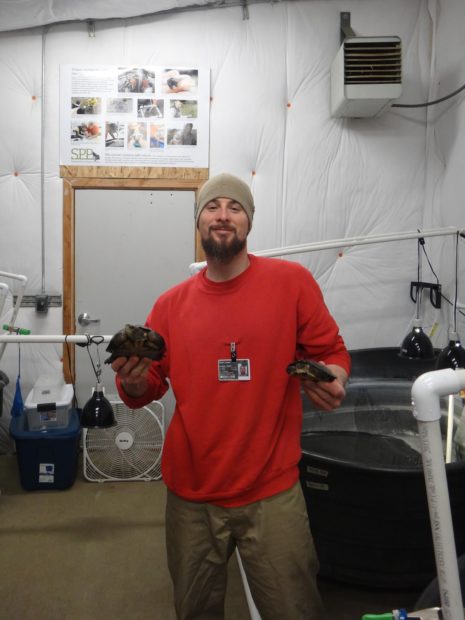
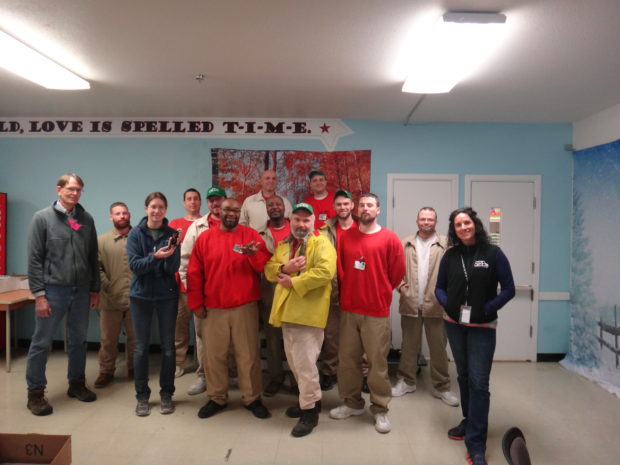
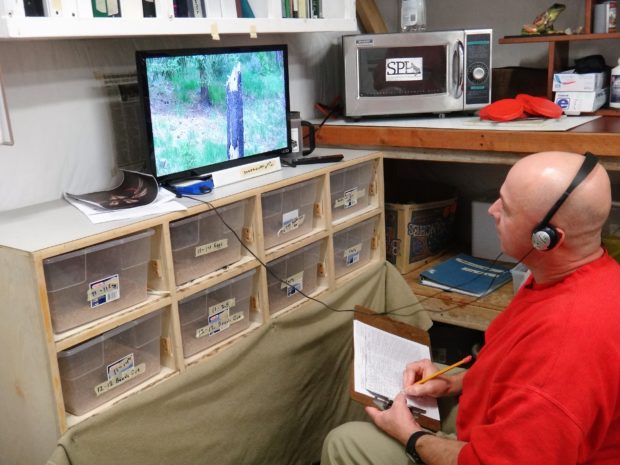
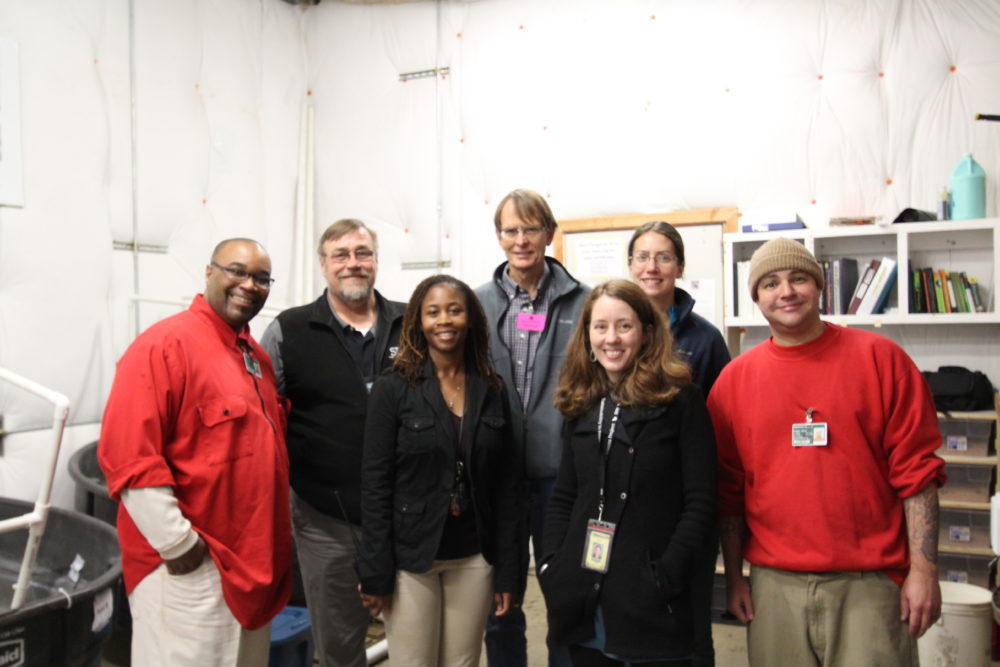

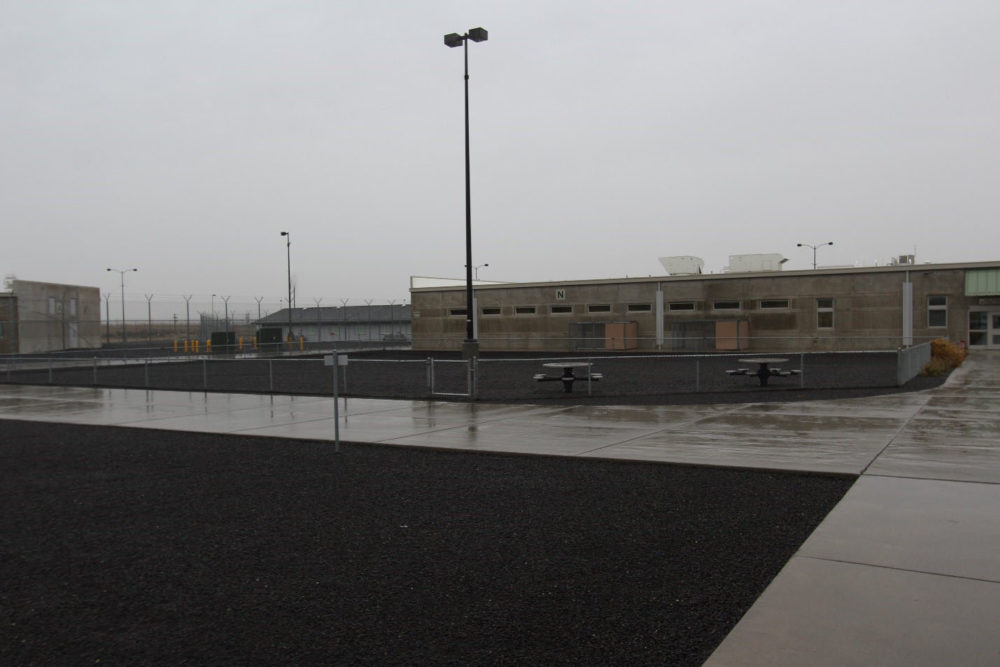
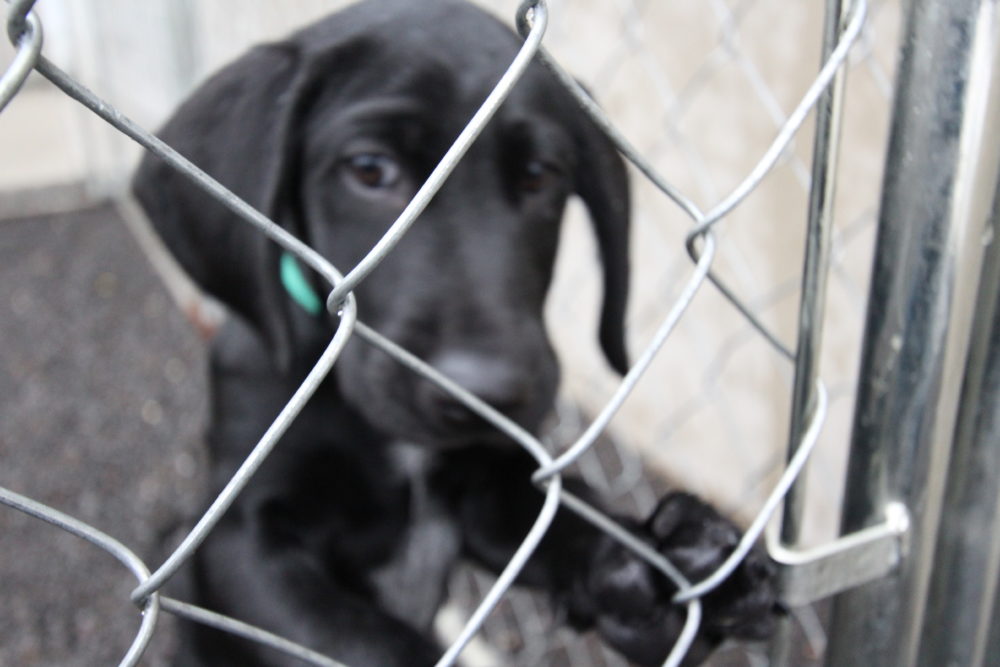
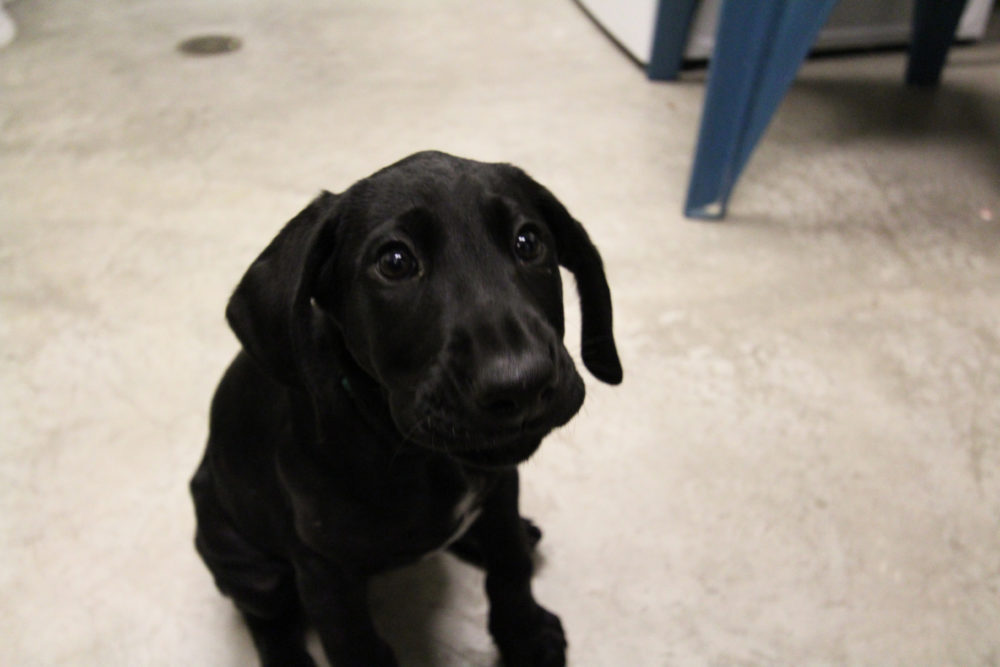
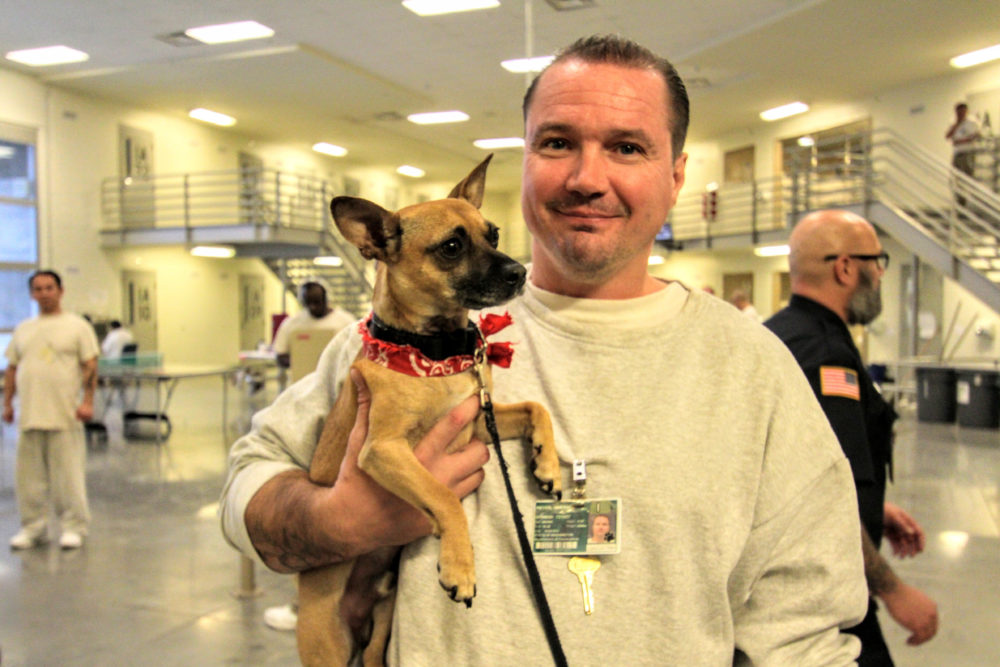
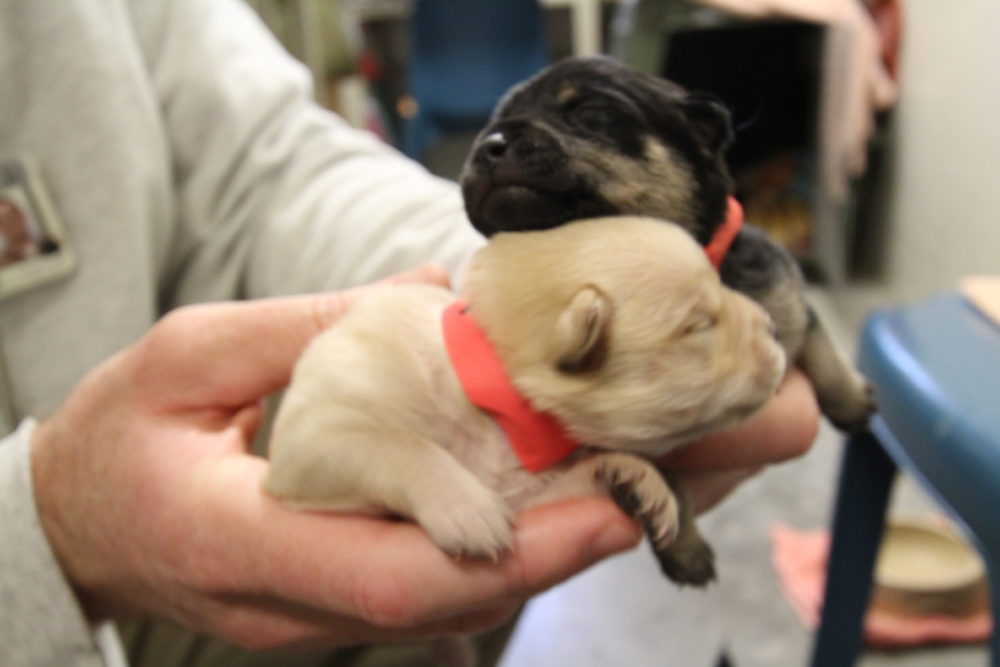
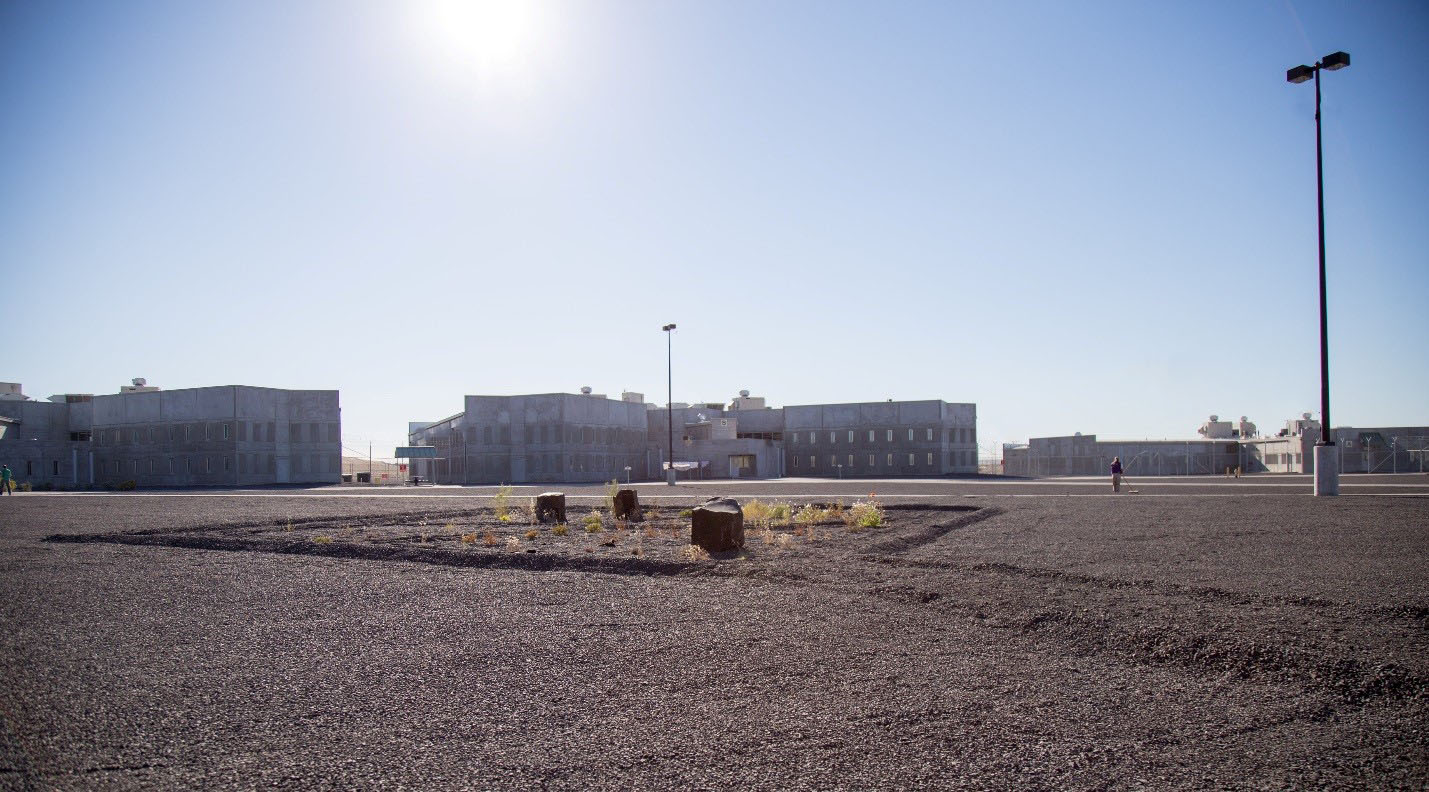 CRCC during the summer. The picture is looking at some of the units and the courtyard with a rock garden in the center. The gardens at CRCC all feature native plants and rock designs. Photo by Ricky Osborne.
CRCC during the summer. The picture is looking at some of the units and the courtyard with a rock garden in the center. The gardens at CRCC all feature native plants and rock designs. Photo by Ricky Osborne.































